Happy New Year, 10,000 Birds readers and writers, listers and photographers, friends and fellow travelers near and far! Writing a post scheduled for January 1st for a birding blog is a big responsibility. On the first of the year, every bird is a new bird! For me, it’s one of the most exciting days of the year, and so I’m going to put aside the book review I’ve been crafting and talk about my favorite, best, top ten birds of 2018 (with a personal addition at the end). So far, we’ve heard from Patrick and Clare on their best bird(s); I hope you’ll add yours in the comments.
It was a United States lower-48 birding year for me. I birded parks, landfills, fields, backyards, skies, oceans, lakes, ponds, and roads in 15 states–some familiar haunts and patches, some as part of family visits, some while passing through, some adventures with friends (three trips with N.J. Audubon, one with the Queens County Bird Club). There is a challenge to selecting your top birds in a year without foreign travel—there are few obvious choices, and you need to give more thought to what birds were meaningful, and why. It’s also tough when you don’t have photos or, even worse, you have bad photos. But, 2018 was a very special year for me, as you’ll see if you read to the end.
[If, for some reason, you want to see my full 2018, with lots of photos, it can be read here, or you can click on the year list links (for my list and other 10,000 Birds writers) at the bottom of every 10,000 Birds page.]
10. Snowy Owl, Long Island, NYS
This was a special Snowy Owl encounter in a year of many Snowy Owls. Turning into the parking lot of a Long Island beach on a February afternoon, I saw something white fly past me. The part of my brain focused on driving dismissed it as a gull. The intuitive part of my brain shouted, “That was no gull, dummy, stop!” It was, indeed, a Snowy Owl. I drove to the other end of the lot and watched the owl fly back to its meal, smack in the middle of the empty lot. How often does one have a Snowy Owl all to one’s self? Not long—I took photographs using the car as a blind and then left to bird the beach. That Owl had a gull to eat, and it wasn’t sharing.
9. Mandarin Duck, Central Park, NYS
It is very possible that Mike and Corey will penalize me for including the Mandarin Duck–also known as the “Hot Duck,” “Mandy” only to tourists and the Gothamist–in this list, but its celebrity cannot be ignored. For some reason, even though there are Mandarin Ducks in zoos throughout New York City, this escapee has become an internationally known tourist attraction, even heading the New York Times list of “Five Times the Internet Was Actually Fun in 2018.” (For one explanation of the duck’s appearance, read Corey’s journalistic coup, Operation Duck Drop.) I think it remains to be seen if the rationale for not scorning the Hot Duck holds up, the reasoning being that seeing this remarkably plumaged and shaped bird will make people more aware and appreciative of nature, possibly even convincing them to support funding for more natural habitat and less development. In the meantime, it’s a good topic for holiday family gatherings. Nobody but a birder is interested in an Ash-throated Flycatcher. Everybody wants to know about the Hot Duck.
8. Gray Kingbird, Jones Beach, NYS
A one-day wonder—actually more like a 3-hour wonder—this Gray Kingbird was found by two friends at Jones Beach on a November morning. It gave those of us who were lucky enough to be in position to get to the site quickly great views for a few minutes and then flew off. Gray Kingbirds are rare in NYS and when they show up, it’s usually upstate, so this was a very happy rarity (and state bird) in a month of several Long Island rarities.
7. Harris’s Sparrow, Central Park, NYC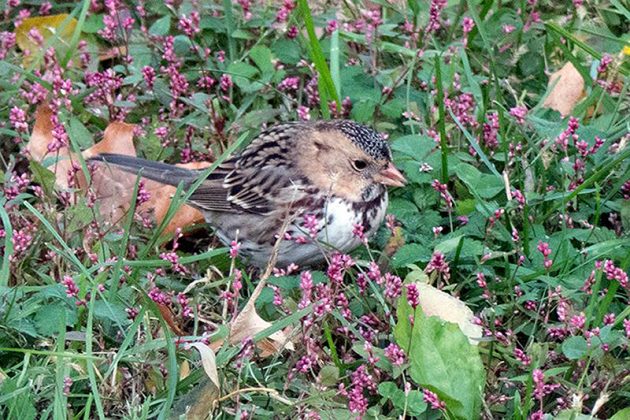
This bird was a wonderful surprise. It showed up in Central Park on the day of the NYC Marathon, another one-day wonder. Ordinarily, I would not have been in Manhattan, but my mom and I have a tradition of watching the marathon together from her apartment on Manhattan’s East side. Now, if you know NYC geography and its transit system, you will know that it isn’t always easy to get from the East side to the West side, where the Harris’s Sparrow was located. Factor in marathon fans and the marathoners themselves flooding the streets, subway cars, and buses in the late afternoon, and some confusion on where exactly the sparrow was located in the park (Handball courts? Who knew there were handball courts in Central Park?), and you may understand what an achievement it was to see this bird. (Thankfully, my mom understood when I ditched her.) Thanks to helpful Central Park birders, I found the Harris’s Sparrow shortly before it became too dark to take photos with my little point-and-shoot. I love sparrows and I have not seen many Harris’s Sparrows in my birding lifetime, so it was a real treat to observe this one with my Central Park friends.
6. Evening Grosbeak, Michigan
There is a wonderful place in the lower peninsula of Michigan called Hartwick Pines State Park. It’s one of the only places in Michigan where you can walk under old growth white pines. This is also where I saw a male and female Evening Grosbeak for the first time in over eight years, and wonderful looks too, as they flew in and out of the feeders at the Visitor’s Center. Evening Grosbeaks are large, stunning birds, especially the males, with their distinct plumage and massive bills;. I haven’t been fortunate enough to see any of the Evening Grosbeaks that have made their way south to NYC and New Jersey (yet), so I’m very happy I was able to spend time with these beauties this summer.
5. Mountain Plover, California
2018 was a good year for Mountain Plover in California, with a congregation (that is what you call a flock of plovers, says the Internets) seen regularly in Antelope Valley from early November on. And, because of a special family event (see below), I happened to be in Los Angeles County over the Thanksgiving holiday. The plovers were easily located once I realized I needed to look for light brown birds foraging in medium brown dirt; a good scope view, though not a good photographic view. Life Bird! Also, an opportunity to bird Antelope Valley, a desert area within the boundaries of Los Angeles County where you can see a wonderful variety of birds, including, earlier in the year, on a field trip led by Luke Tiller for Pasadena Audubon, Ferruginous Hawk.
4. Baird’s Sparrow, North Dakota
Another sparrow! I viewed this Life Bird on my New Jersey Audubon North Dakota trip; it was not an easy bird to find, and a challenging one to photograph. Baird’s Sparrows are true prairie birds, and their population is declining as their grassland habitat is cultivated for agriculture. It has always been a difficult bird to find, even when abundant. John James Audubon first heard the sparrow in July, 1944, on a buffalo hunt in North Dakota. Audubon notes that his companions “… had much difficulty in raising them [the sparrows] from the close and rather long grass, to which this species appears to confine itself; several times Mr. Bell nearly trod on some of them, before the birds would take to wing, and they almost instantaneously realighted within a few steps, and then ran like mice through the grass.”[https://archive.org/stream/birdsofamericafr07audu/birdsofamericafr07audu#page/n530/mode/1up]
Which pretty much describes our adventures finding these birds. (Only, we didn’t shoot them and collect specimens at the end of the day.) Nice to know that some things don’t change!
3. Whooping Crane, Florida
Whooping Crane is known as a bird on the edge of extinction (though experts say it has been removed from that precipice and is now ‘only’ endangered). There is a small resident population in Polk County, Florida, in the middle of the peninsula, mostly on protected land, and once in a while they show up in a place where they can be easily observed. So, I was excited to read reports in late 2017 of a pair of Whooping Cranes being seen on a cattle farm. I was spending January 2018 with family in southeast Florida, and when my visit ended I packed up my car and took a very meandering route back to NYC. The Whooping Crane location was smack in the middle of agricultural Florida, literally, the middle of nowhere, and I enjoyed the orange groves and sense of timelessness (except the time I heard a shotgun coming closer, but that’s another story).
I easily spotted the Whooping Cranes in the cattle field. They were large and rather gawky, with a lot of ‘jewelry’ on their legs, oblivious to the cattle and to me. At one point they approached the fence line and I had to back away–much too close for photos or comfort.
Interestingly, when I checked eBird to see how many birders reported the Cranes at this specific location, there was absolutely no documentation, even though I had seen reports on my eBird alerts and on Florida Facebook pages. Whooping Crane is not listed as a “sensitive species” for Florida, and there are reports for other locations in the area. An eBird mystery. I also noted that the U.S. Fish and Wildlife Service has proposed relocating the 14 Whooping Cranes that live in Kissimmee Prairie, which includes the pair I saw, and relocating them to Louisiana. The deadline for comments was April 7th, 2018. Did this happen? I don’t know. But, it makes me doubly happy that I was able to see these cranes this year.
2. Great Black Hawk, Maine
It took me a while to realize that Portland, Maine is not far away. Remembering a long ago post-college road trip to nearby Biddeford, I somehow thought it was ten hours away. No. More like five hours, if you don’t count gas and lunch stops, and, seriously, who stops for lunch when you are after the probable first Great Black Hawk sighted in North America?
The hawk is not as easy to observe as you might think from the many articles in Maine newspapers and birders’ eBird reports. After sightings and disappearances around Maine dating back to August, it has seemingly found a home in Deering Oaks Park, Portland, but has endured daily harassment from the local Red-tailed Hawk. It took me two trips to see this beauty! And, it was worth it, both for the large-scale wildness of the bird itself and for the excitement of the twitch. On both trips, I met birders from all over the U.S., some old Facebook friends, some new ones, and got to talk to the residents of the area, who are as excited about the hawk as we are.
1. Kirtland’s Warbler, NYC & Michigan
One of my realized birding goals of 2018 was to see Kirtland’s Warbler, but I didn’t expect to see it in two states. This is a bird I’ve longed to see ever since I read and reviewed William Rapai’s excellent book on the many-storied, sometimes controversial struggle to save Kirtland’s Warbler from extinction. May 11th, less than two weeks before my very much anticipated trip to Michigan with New Jersey Audubon, the NYC listservs and text systems lit up with the news that a Kirtland’s Warbler had been spotted in Central Park. The news came out late, rush hour, and I knew I had no chance of making it to Manhattan from my location at the time, central New Jersey, while there was still daylight. I followed texts from excited birders with frustration, thinking that, as with the few past appearances of Kirtland’s Warbler in New York State, the bird would be gone the next day.
May 12th was the Sandy Hook (N.J.) Century Run, part of the World Series of Birding, a dawn-to-dusk event that I do every year with friends. Who were very understanding when I ditched them as soon as I read the NYS listserv message that the Kirtland’s Warbler had re-appeared! There was a surprising amount of traffic in the Lincoln Tunnel for early Saturday morning. Even more surprising, I was able to negotiate it and find parking on the Upper West Side. My mind was focused on one thing only, and it wasn’t driving. (Getting to the bird is always a challenge in Manhattan; see Corey’s story for how he negotiated the subway to get to this same bird.) My Life Kirtland’s Warbler was a large (for a warbler) gray-and-black-and-yellow bundle of song, sometimes low and laconic enough for a photo, but often very high, periodically disappearing from sight despite the fact that a zillion fascinated birders plus assorted New Yorkers and tourists were staring at it. This was the ultimate birding party, with non-stop high fives, craning necks, and lenses–lots of lenses, all sizes.
And, of course, I got to see Kirtland’s Warblers on their breeding grounds in the jack pines woods of the lower peninsula of Michigan, on a wonderful trip led by New Jersey Audubon naturalists Scott Barnes and Linda Mack (who teased me nonstop about leaving them in the lurch two weeks earlier). Ironically, it was harder to get close looks at the warbler in its habitat, but after a couple of hours of hearing them sing up and down the road on our ranger-led tour, we finally saw a nesting pair. I’m including photos here of both the Central Park KIWA (above) and one of the Mio KIWAs (below).
And…
There is one more bird at the top of my Best of 2018 list. Well, not really a bird. In September, Abigail Ruth, a small human, was born and I became a grandmother. Abigail doesn’t know it yet, but she already has Cassin’s Kingbird, Anna’s Hummingbird, and Red-whiskered Bulbul on her Life List. It’s been a good birding year for her too.


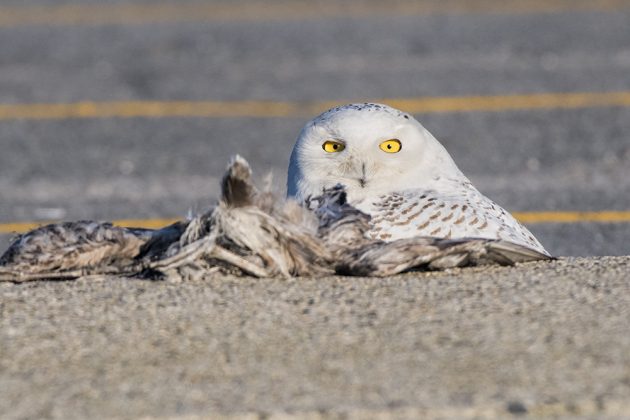
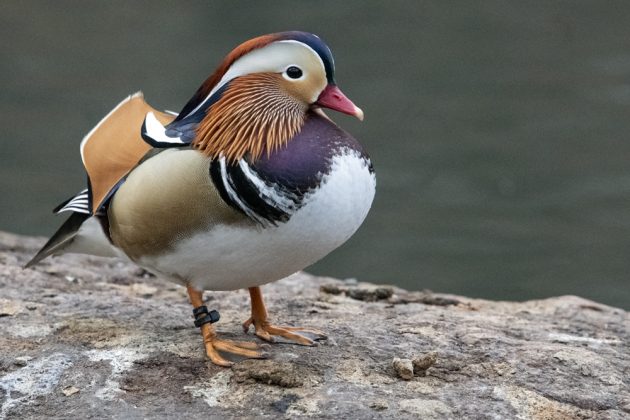
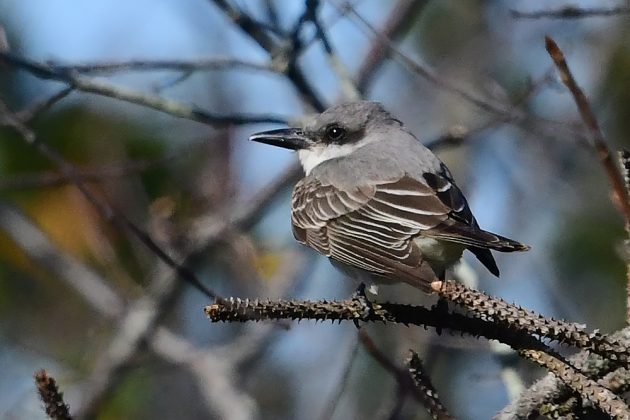
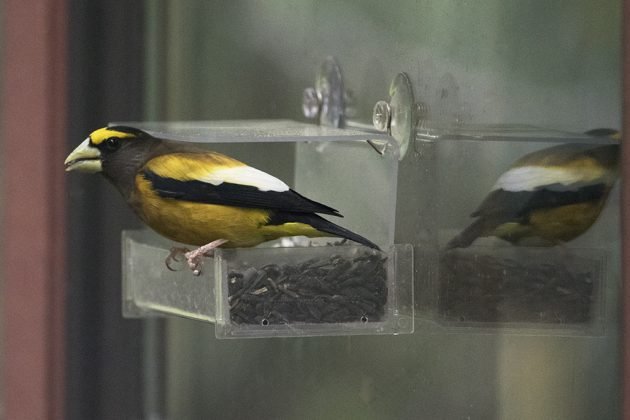
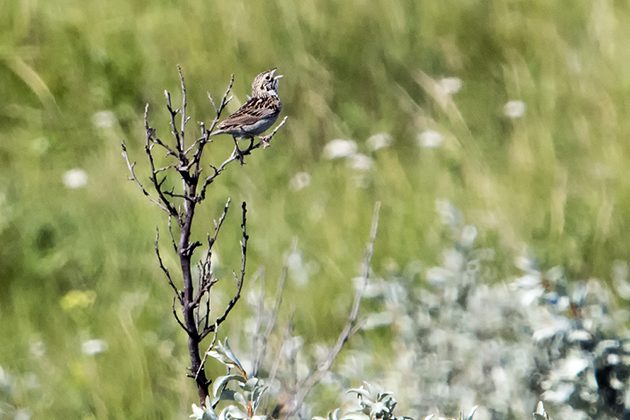
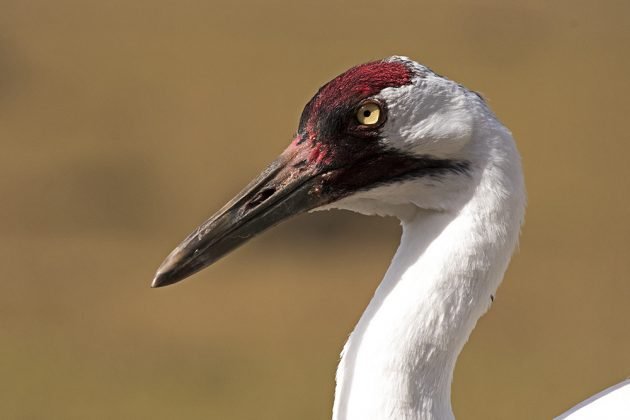
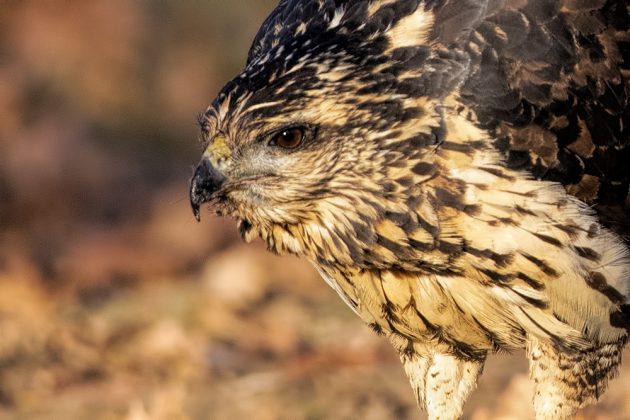
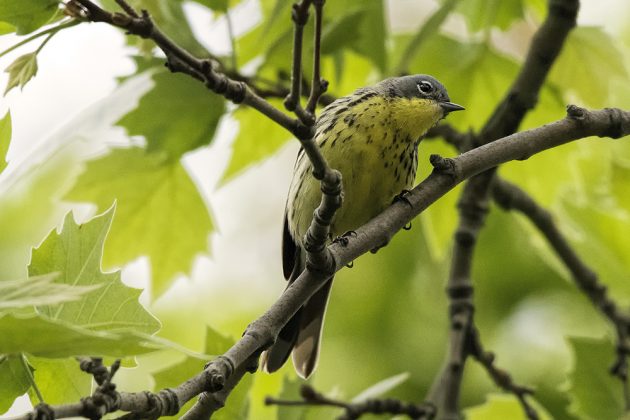
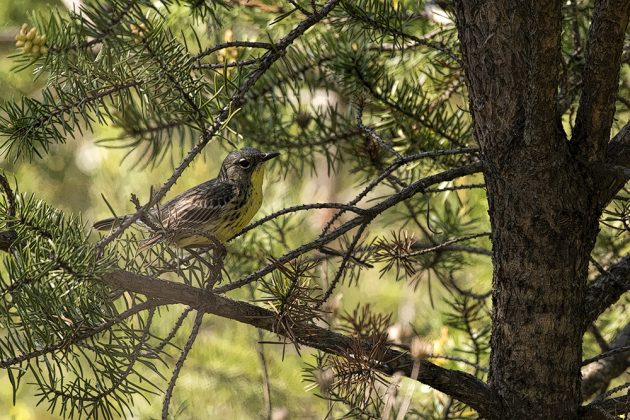












The previously two years were so poor for me that if I had tried to choose a “best bird” the options would have included such stellar birds as : House Sparrow, European Starling, Mallard, American Crow, Canada Goose…. Well, you get the idea.
Fortunately, in 2018 I was able to correct that situation nicely, and if I were to make a top 10 list it would be hard to narrow the choices down.
If I wanted to select just one, I would have to go with the pair of ‘Akohokohe that were seen on the monthly hike in the Waikamoi Preserve on Maui in May. Obviously a life bird for me, but it also was for the two young guides who led the tour. They were just as ecstatic as I was.
2019 promises to be even better. 🙂
That’s a very nice “best bird,” Michael! Sounds like you live in Hawaii? Here’s to a great 2019!
That is a great list!! I was able to get my Lifer Mountain Ploaver as well this year just north of Tucson, in an un-harvested sod farm. There was a small congregation (thanks, I did not know that one) of 67 birds all together! Happy New Year to you, your family, and especially Abigail